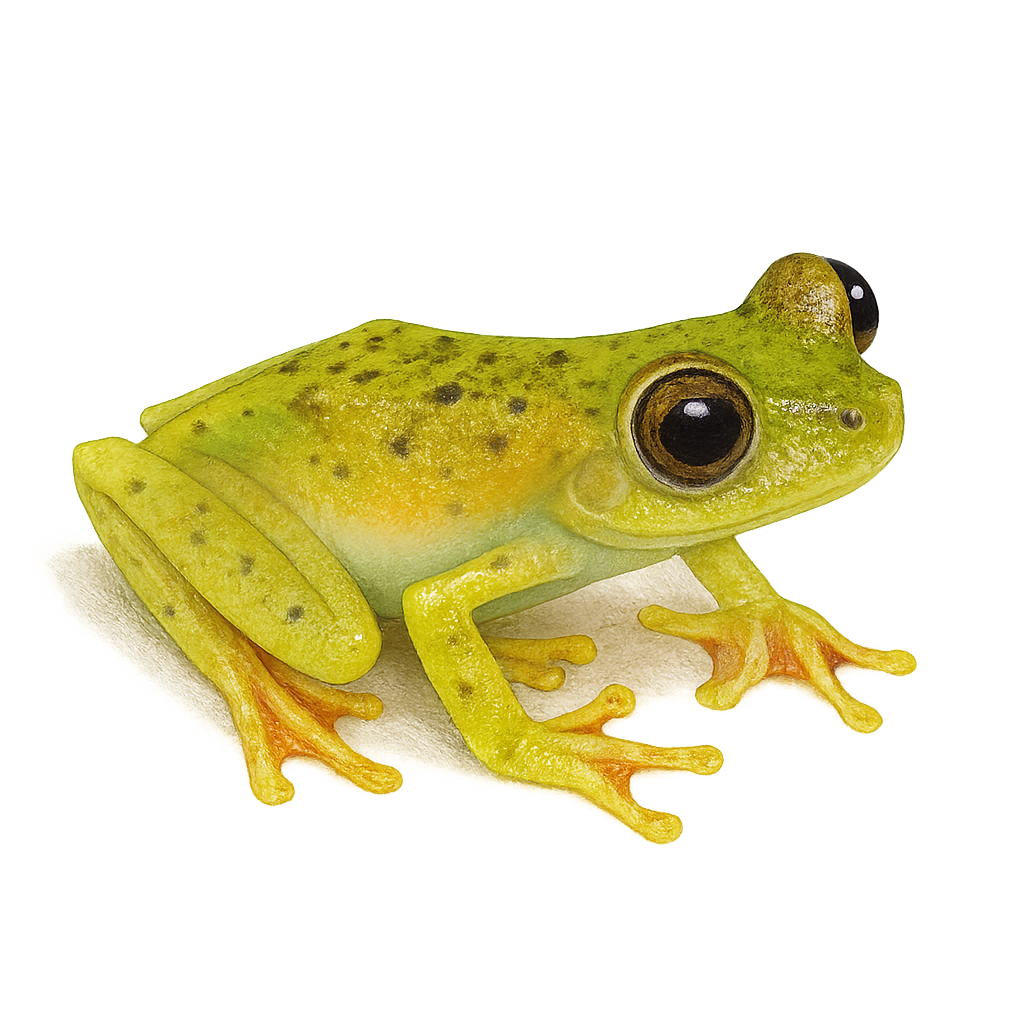Your wildlife photography guide.
Explore the canal zone treefrog in detail, study its behavior, prepare your shots.
Where to observe and photograph the canal zone treefrog in the wild
Learn where and when to spot the canal zone treefrog in the wild, how to identify the species based on distinctive features, and what natural environments it inhabits. The WildlifePhotographer app offers tailored photography tips that reflect the canal zone treefrog’s behavior, helping you capture better wildlife images. Explore the full species profile for key information including description, habitat, active periods, and approach techniques.
Canal Zone Treefrog
Scientific name: Boana rufitela

IUCN Status: Least Concern
Family: HYLIDAE
Group: Amphibians
Sensitivity to human approach: Suspicious
Minimum approach distance: 3 m
Reproduction period: May to August
Incubation: 8–10 jours
Births: June to September
Habitat:
humid tropical forests, canopy, riparian zones
Activity period :
Mainly active at night, generally discreet during the day.
Identification and description:
Boana rufitela is a tree frog known for its distinctive red spots on a bright green background, allowing it to blend seamlessly into its natural habitat. It is primarily found in the humid tropical forests of South America, where it resides in the tree canopy. This species is nocturnal, meaning it is mostly active at night, feeding on insects and other small invertebrates. Its skin is slightly toxic, serving as a defense mechanism against predators. The Boana rufitela plays a crucial role in the ecosystem by regulating insect populations and serving as prey for other animals. Although its population is stable, deforestation poses a potential threat to its habitat.
Recommended lens:
Macro – adjust based on distance, desired framing (portrait or habitat), and approach conditions.
Photography tips:
To photograph the Boana rufitela, it is advisable to use a macro lens to capture the details of its red spots and textured skin. Being a nocturnal species, it is best to photograph it at night with soft lighting to avoid scaring it. Use a tripod to stabilize your camera and get sharp images. Be patient and respect the 3 m safety distance to avoid disturbing its natural behavior. Photographing this frog in its natural habitat, such as humid tropical forests, can offer spectacular shots.
The WildlifePhotographer App is coming soon!
Be the first to explore the best nature spots, track rutting seasons, log your observations, and observe more wildlife.
Already 1 439 wildlife lovers subscribed worldwide

